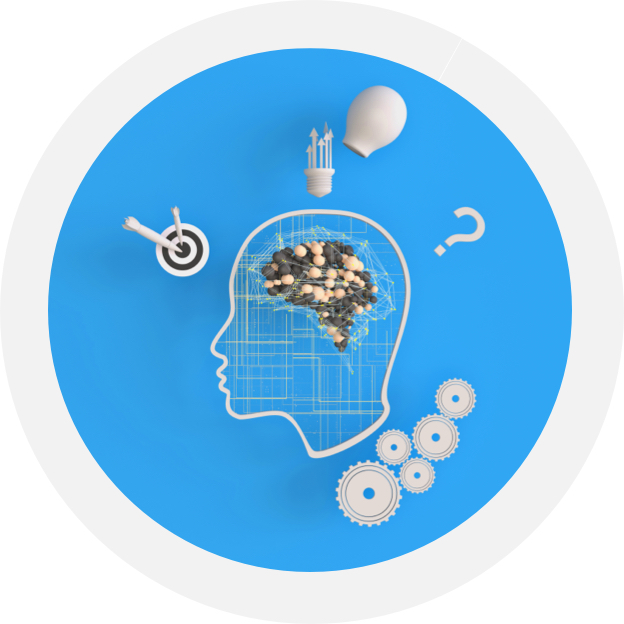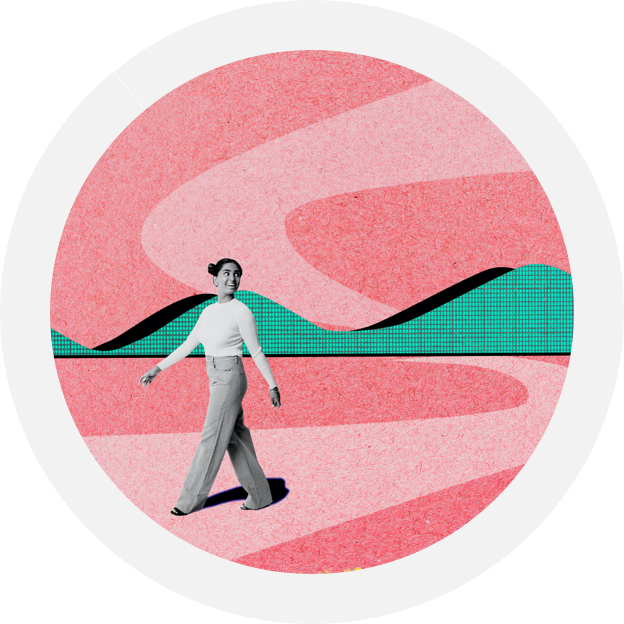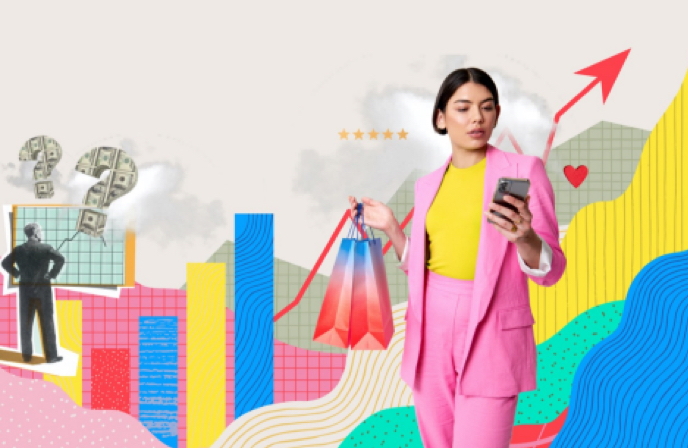What issue can we solve for you?
Type in your prompt above or try one of these suggestions
Suggested Prompt



Solutions
How great customer experiences can boost the bottom line
How great customer experiences can boost the bottom line
Personally engaging customers through the best channels with the right products and services wins business.
For years, businesses across industries have focused on customer experience because it's critical to an organization's brand and bottom line. However, there’s a big gap between what companies think they are providing and what customers are experiencing. Our research found that 89% of companies feel like they give an awesome customer experience, but on the flip side, only 8% of customers feel like they are getting an awesome experience.

Experiences are everything
It’s time to be honest about the true level of “awesomeness.” The reality is that customer experiences make or break a transaction—and people today have high expectations. If they have a great experience with one business, they expect the same elsewhere. In fact, 62% of customers say their experiences with one industry influence their expectation of others.

For example, people expect a seamless experience across their online and offline interactions. This doesn’t always (or often) happen. Instead, customers face a patchwork of experiences that vary depending on the channel, and this leads to friction and frustration. Think of a typical grocery shopping experience. Grocers tend to have great in-person experiences but poor online experiences. Some home improvement stores are the opposite, where it’s easy to find an item online but nearly impossible in-store.
Customers expect a good user experience. This shows up in features and functionality. Does a website make it easy to search for a product? Does it provide clear access to information such as product pricing, ratings and descriptions of features? And what if a customer can’t find what they’re looking for? It is essential to enable people to get the help they need through the channel they prefer.
Perks are also part of a great customer experience. People want benefits, such as free shipping and easy returns. Amazon was an early adopter of these offerings, and that is part of why they took the fear out of buying almost any item online because it was so easy to receive and exchange or return it.

What great looks like
What great looks like
Because customer experience affects business outcomes, those that get it right enjoy greater profitability, better customer loyalty and higher customer satisfaction. These are some winning examples of customer experience leaders:
Bank of America and Chase built apps that were so effective in improving the digital banking experience that many physical branches were no longer necessary. This saved these businesses money and opened new avenues for 1:1 marketing, leading to better ROI.


CVS and Walgreens have pursued digital appointment scheduling and medication refill tracking to make it easier for customers to get what they need quickly, minimizing customer frustration and reducing the time staff spends triaging needs and assisting customers.
Nike customers that become loyalty program members enjoy superior customer experiences. Members can access exclusive services within the store and tailor the experience to their preferences by getting product information on the fly, paying for products with mobile check-out, or trying different product sizes. The data gleaned helps Nike better understand what resonates with consumers and what doesn’t. These insights can also lead to better product design, inventory and supply chain decisions.
![person wearing athletic clothes sitting down using their mobile device]](/content/dam/ps-rebrand/insights/2023/how-great-customer-experiences-can-boost-the-bottom-line/GridComponent_Image3_SOL_Insights_CX_Article.jpg)

Although we may all be tired of hearing about them, Amazon is a customer experience leader for a good reason. They offer the ultimate search functionality, making it easy for customers to quickly filter by rating, price or product type. The site presents recommendations based on past products and searches,and the user interface is user-friendly.
Organizations like these have high brand value and are highly recommended because they put the customer at the center of all that they do. The results?Increased revenue and shareholder value.
Net Promoter Score and Total
Shareholder Return by Company


Making experiences better for customers is a win-win
Each time a business engages with a customer, it is a new opportunity to create value—but many are missing their chance.
Some businesses view customer engagement and customer experience as two different endeavors, and, as such, solution providers offer point solutions. At Publicis Sapient, we help to combine customer engagement and experience transformation solutions so that we may address the customer experience and pain points across their entire journey.
We address pain points and eliminate bottlenecks in the experience, removing the murkiness and friction of interactions and making the technology stack work better so that it can help satisfy customer needs.
By doing so, we help our clients to improve:
-
![three colored arrows pointing upward]()
Profitability
Monetizing data and optimizing product design
-
![figure head with brain highlighted surrounded by question mark symbols, target with arrow in bullseye, lightbulb with top popping off]()
Brand Perception
Organizing and protecting customer data with privacy at the forefront while connecting online and offline experiences
-
![person walking along a path through mountains]()
Customer Experience
Reimagining the customer journey and creating a simple path for customer loyalty
When customers are personally engaged through the best channels with the right products, services and experiences at the appropriate time, their experience is elevated—and that wins business. We help businesses to elevate their customer engagement and experiences through platforms that enable personalized engagement to deepen relationships and influence new behavior. At the same time, these platforms provide data intelligence to drive greater lifetime value and provide a business with the insights it needs to innovate.
Brands have struggled to acquire new customers, deepen relationships and personalize customer experiences with the help of data. It’s time to change all of that. The right strategy and solutions can improve experiences to build loyalty and boost the bottom line for the long term.
References
Gartner: "Realizing the Benefits of Superior Customer Experience"
Salesforce: "What Are Customer Expectations and How Have They Changed?"
Related Reading
-
![person holding shopping bags and using phone and person looking up at dollar sign question marks]()
Insight
3 Ways to Fight Economic Uncertainty with Customer Data
Leading organizations are monetizing customer data and hyper-personalizing experiences to grow.
-
![person holding chicken wings in each hand and smiling]()
Case Study
How a Global Restaurant Chain Maximized Customer Engagement
Leveraging the full suite of Salesforce Marketing Cloud
-
![person in the middle of a circle of data]()
Services
Customer Data Platform
In the digital-first era, customers are driving what’s Next and the only way to get ahead of evolving expectations and competition is with a robust customer data platform.










